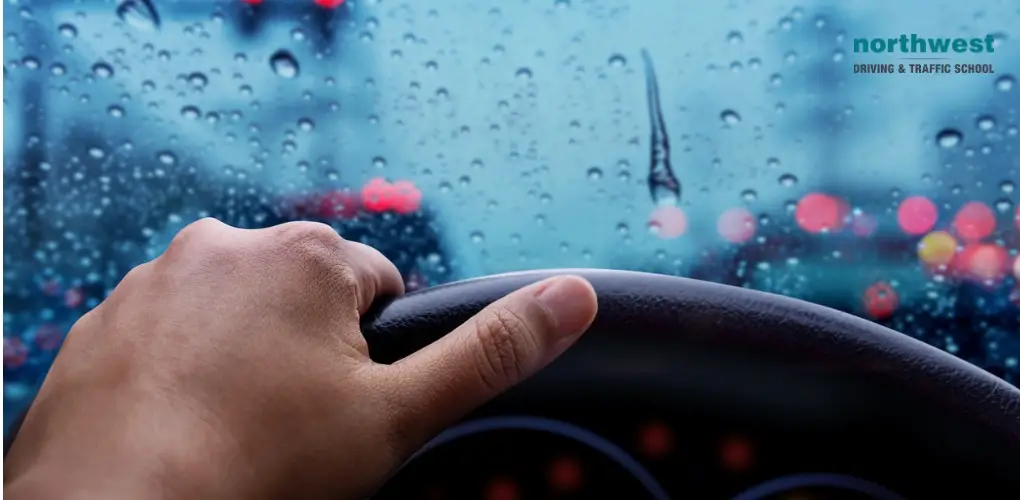- Others
How To Drive Safely In The Rain

Driving in adverse weather conditions is something most drivers have to face on a regular basis and, depending on what state you live in, heavy rain is one of the more common issues you might have to face. For the most part, driving in the rain presents few difficulties past reduced visibility and a slightly more slippery road surface, but for those instances that you find yourself driving in monsoon conditions, and the road has more in common with a river than dry land, here are some tips to help you stay safe.
How To Drive Safely In The Rain
- The first thing you’ll need to do is turn on your low beams and windshield wipers. Your low beams will ensure that other cars can see you and having your wipers on will ensure you can see them. If you happen to be driving through the state of Illinois, it actually against the law not to have your windshield wipers on when your low beams are also on.
- Make sure to increase your following-distance and stay at least four car lengths away from the car in front of you. Rain reduces the friction generated by your tires on the road surface, so stopping is going to be slower and it will take longer for you to come to a full stop. The average reaction time for a driver is 3⁄4 of a second, you should always be far enough away from the car in front that you have time to see a hazard and plan your reaction.
- The speed limits on a road are an advisory for when the weather conditions are ideal. Since heavy rain is hardly ideal driving weather, it’s always a good idea to slow down. Driving fast and recklessly in heavy rain is a recipe for disaster, both you for and the other drivers on the road.
- If you need to brake, brake smoothly. Slamming on the brakes during heavy rain will likely see the car start to skid rather than come to an abrupt stop. Apply the brake smoothly and as soon as you feel the need to. Do not attempt to brake and turn at the same time.
- Try to anticipate where there might be standing water. Hitting a patch of standing water at any speed can see your car start to hydroplane, with potentially disastrous consequences. Be cautious of the bottoms of hills or long stretches of road that are the same level as the terrain around them, as these are areas where water can build up on the road surface.
What Is Hydroplaning?
The term hydroplaning refers to the action of a car skidding over a layer of water. When water builds up on a road surface the speed of an oncoming car can cause it to slid along the surface of the water without touching the road. Hydroplaning significantly reduces your ability to brake or steer your vehicle and should be avoided at all costs.
Expert Training
Northwest Driving School and Traffic School provides the Las Vegas community with live driving and traffic classes taught by seasoned instructors. All of our driving instructors have passed background checks, each automobile is DMV safety-approved and every member of the Northwest family is committed to providing excellent drivers ed and behind the wheel instruction.
At Northwest, you can expect to find outstanding classes, both on campus and behind the wheel, that are engaging, fact-filled, entertaining and geared toward success. We make no bones about it, we believe that Northwest provides the best driving lessons in Las Vegas, no matter your age or background. We are proud of the fact that 98% of our students pass their test on the first try. Call us at (702) 403-1592 to start your driving adventure with one of our expert instructors.
Written by:
Rich Heinrich
Master Instructor, Emeritus





